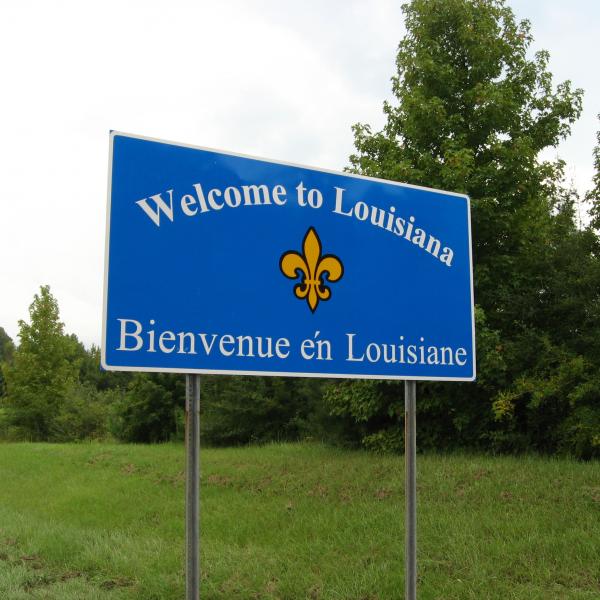There was a time when most hot new restaurants in New York labeled themselves as “fusion” restaurants and took great care to explain exactly what cuisines were being fused. There would be, say, a Scandinavian/Ethiopian restaurant or a Korean/Mexican restaurant (this particular fusion remains quite popular). These restaurants always struck me as odd, not because of the cuisine they were producing but because of their chosen title. At its core, all cuisine could be labeled “fusion.” What culinary tradition isn’t influenced by its proximity to other culinary traditions or by immigration patterns?
The concept of fusion music strikes me in a similar way. What genre of music isn’t fusion? Why do we call Bitches Brew fusion but not Highway 61 Revisited? Professor Early touched on these ideas in his comments about the folk revival today. If the folk revival was an attempt to return to a music uncorrupted by the city or commercial enterprise, it also seemed an attempt to unearth a musical tradition that couldn’t be called “fusion.” This perspective is problematic for a number of reasons. Folk music was extremely popular in urban centers and, by many accounts, developed a great deal in New York’s Greenwich Village. Folk music also became quite successful commercially, and the best-selling folk musicians recorded on major record labels.
 mong many leaders, the popular voice of the movement came, for a time, to be Bob Dylan. While Dylan might have been a leader of the movement, he was never a “pure” folk musician. He developed his craft in the coffee houses of Greenwich Village. He recorded for Columbia Records. He fused musical influences from many different genres and traditions. Dylan would become infamous in the folk community for “betraying” the tradition by going electric. This move so incensed fans that he frequently played to hostile audiences in the mid-sixties, with one man famously shouting out “Judas” during an electric performance in England. Bob Dylan had fused a supposedly pure music with the electric sound of popular music, effectively corrupting or destroying folk music in some people’s minds. However, those paying attention could have seen Dylan’s move as a natural progression of his musical sensibility, and may have understood “Maggie’s Farm” as no more of a fusion, or no less authentic, than “Blowin’ in the Wind.”
mong many leaders, the popular voice of the movement came, for a time, to be Bob Dylan. While Dylan might have been a leader of the movement, he was never a “pure” folk musician. He developed his craft in the coffee houses of Greenwich Village. He recorded for Columbia Records. He fused musical influences from many different genres and traditions. Dylan would become infamous in the folk community for “betraying” the tradition by going electric. This move so incensed fans that he frequently played to hostile audiences in the mid-sixties, with one man famously shouting out “Judas” during an electric performance in England. Bob Dylan had fused a supposedly pure music with the electric sound of popular music, effectively corrupting or destroying folk music in some people’s minds. However, those paying attention could have seen Dylan’s move as a natural progression of his musical sensibility, and may have understood “Maggie’s Farm” as no more of a fusion, or no less authentic, than “Blowin’ in the Wind.”
Returning to Miles Davis and his experiments with In a Silent Way and Bitches Brew. Davis himself says that critics would call In a Silent Way the beginning of “fusion.” On one level, it is clear that the record does fuse distinct musical traditions by incorporating studio editing and electric instruments to a jazz record. But why would this sort of fusion inspire the anger that it did, with some claiming that Davis “destroyed” jazz (an anger that mirrors the popular reaction to Dylan’s going electric)? Why is musical purity – or authenticity – typically so important to fans of a particular musical genre or tradition? Fusion is always, and has always been, a method by which an art form moves forward, even if adherents to a particular musical tradition don’t agree. It is not necessary to name a genre “fusion,” because so many genres already fuse different ideas and traditions.
-- Jesse Klausz
The food image above is from the website of St. Louis' own Mosaic Tapas, a purveyor of "modern/fusion cuisine."



